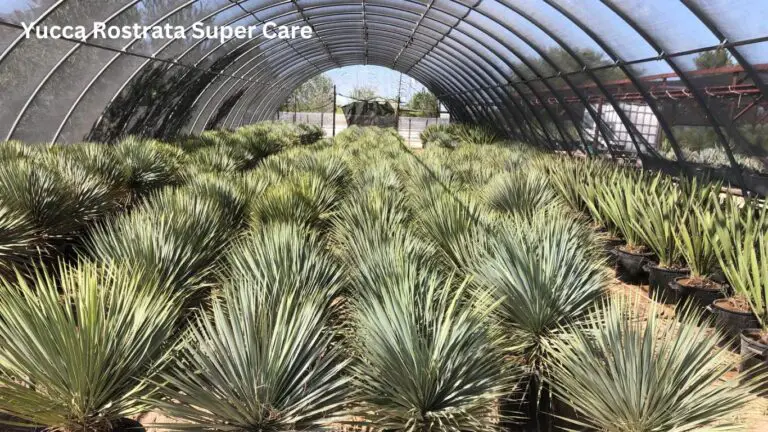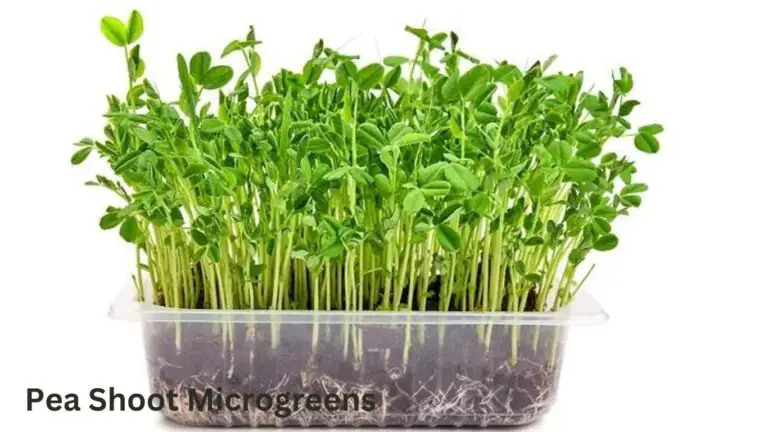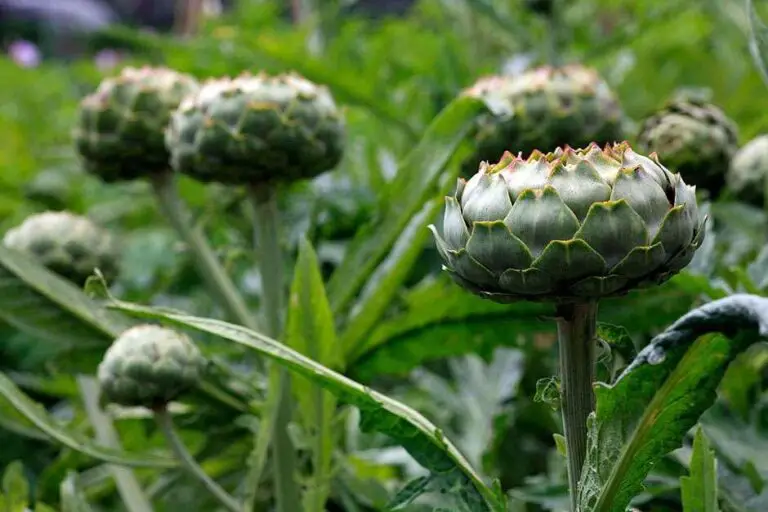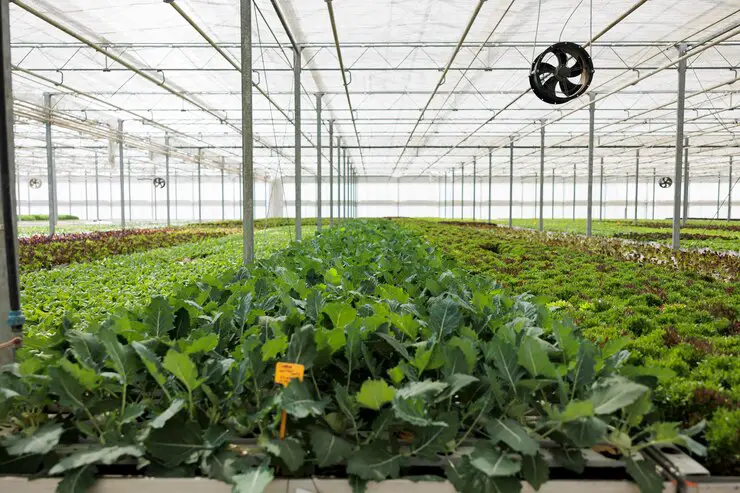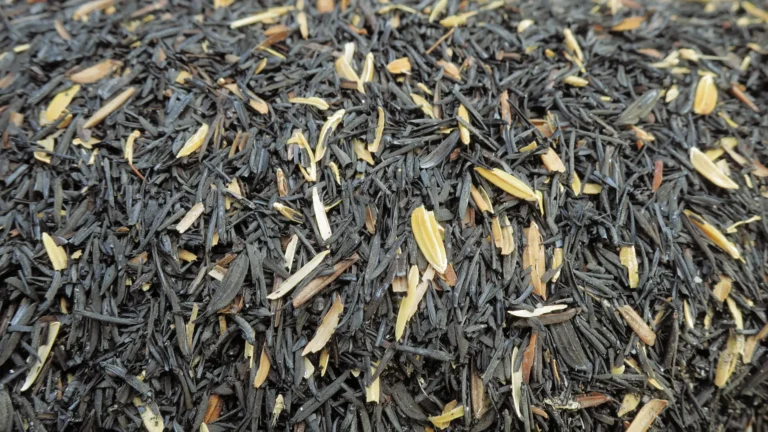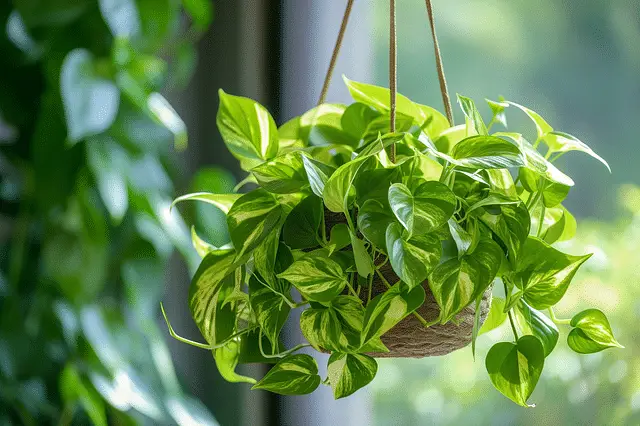Bearded Iris: A Perennial Rainbow for Gardens
Table of Contents
Extending the Blooming Season: Strategies for Enjoying Bearded Iris Flowers for Longer
Bearded irises are beloved by many gardeners for their stunning blooms, but their flowering season can often seem all too short. However, with some strategic planning and care, it is possible to extend the blooming season of these beautiful flowers and enjoy their colors and fragrance for an even longer period.
One effective strategy for prolonging the blooming season of bearded irises is to choose a mix of early, mid, and late-season varieties. By selecting cultivars that bloom at different times throughout the season, you can ensure a continuous display of iris flowers in your garden. This can be achieved by consulting reference guides and catalogs that provide detailed information on the bloom times of various bearded iris varieties. By carefully selecting a combination of early, mid, and late bloomers, you can create a visually appealing and long-lasting iris display in your garden.
Another important aspect to consider when aiming to extend the blooming season of bearded irises is proper care and maintenance. Providing your irises with optimal growing conditions and regularly tending to their needs can help them thrive and produce a greater number of flowers. This includes ensuring they receive adequate sunlight, well-drained soil, and appropriate fertilization. Additionally, bearded irises benefit from regular division and replanting every few years, which promotes healthier plants and increased flower production.
By incorporating these strategies into your gardening routine, you can maximize the blooming season of bearded irises and enjoy their captivating beauty for a longer period. Stay tuned for more tips and techniques for growing and caring for these stunning perennials in our upcoming articles.
Certainly! Here’s a table with strategies for extending the blooming season and enjoying bearded iris flowers for a longer period:
| Strategy | Description |
|---|---|
| Successive Planting | Plant different iris varieties with varying bloom times. Early-blooming irises can be followed by mid-season and late-blooming varieties. This staggered planting ensures a continuous display of blooms. |
| Deadheading | Regularly remove spent flowers to prevent seed formation. Deadheading redirects energy back into the rhizome, promoting more flower production. |
| Fertilization | Apply a balanced fertilizer in early spring and after flowering. Adequate nutrients support healthy growth and prolonged blooming. |
| Mulching | Mulch around iris plants to regulate soil temperature, retain moisture, and suppress weeds. A consistent environment encourages extended flowering. |
| Divide and Conquer | Divide overcrowded iris clumps every 3-4 years. Replant healthy divisions to rejuvenate the plants and encourage fresh blooms. |
| Water Management | Keep the soil consistently moist but not waterlogged. Drought stress can shorten the blooming period, so water during dry spells. |
| Sun Exposure | Bearded irises thrive in full sun. Ensure they receive at least 6 hours of direct sunlight daily for optimal flowering. |
| Pest Control | Monitor for pests like iris borers and promptly address any infestations. Healthy plants are more likely to bloom longer. |
| Late-Blooming Varieties | Include late-blooming irises like Siberian irises or Japanese irises in your garden. They extend the blooming season into early summer. |
Bearded Iris in Containers: Tips for Growing these Stunning Perennials in Pots
Bearded Iris, with their striking colors and delicate blooms, are a popular choice for gardens. While many people prefer to plant them directly in the ground, growing these stunning perennials in pots can provide a unique and versatile way to enjoy their beauty. With the right care and attention, Bearded Iris can thrive in containers, adding a touch of elegance to any patio, balcony, or garden space.
When selecting containers for your Bearded Iris, opt for pots that are at least 12 inches deep to accommodate the plant’s extensive root system. Ensure that the containers have drainage holes to prevent waterlogging, as excessive moisture can lead to root rot and other issues. It’s also important to choose containers made of a durable material, such as terracotta or resin, that can withstand the elements and provide stability for the plants. Remember, Bearded Iris flowers can become top-heavy, especially when in bloom, so investing in sturdy pots will prevent tipping and damage to the plants.

Creating a Spectacular Iris Display: Showcasing Bearded Iris through Creative Garden Design
Creating a spectacular iris display requires thoughtful garden design that showcases the beauty of bearded iris flowers. When planning your iris garden, consider selecting a variety of iris colors and sizes to create contrast and visual interest. Grouping irises of the same color together can create a striking focal point, while alternating different colored irises can add depth and dimension to your display.
In addition to color, consider the height and blooming time of different iris varieties. By strategically planting early blooming irises with later blooming ones, you can extend the blooming season and enjoy their vibrant display for a longer period of time. Mixing tall bearded irises with shorter varieties can also create a visually pleasing effect, with the taller irises serving as a backdrop for the shorter ones.
Furthermore, incorporating other plants and elements into your iris garden can enhance its overall appeal. Companion plants such as daylilies, coneflowers, and ornamental grasses can complement the beauty of bearded irises and provide additional texture and color. Adding pathways, benches, or decorative structures can create a focal point and invite visitors to explore and enjoy the beauty of your iris display.
By carefully considering the colors, sizes, blooming times, and overall design of your iris garden, you can create a spectacular display that showcases the elegance and charm of bearded irises. Stay tuned for more tips on how to extend the blooming season of bearded irises and grow them successfully in containers.
For more information watch the below video.
How can I extend the blooming season of bearded iris flowers?
To extend the blooming season of bearded iris flowers, you can plant different varieties that bloom at different times. This way, you’ll have a continuous display of iris flowers throughout the season.
Can bearded iris be grown in containers?
Yes, bearded iris can be grown in containers. However, it’s important to choose a large enough container that allows for proper root growth. Make sure the container has good drainage and use a well-draining potting mix specifically formulated for perennials.
Can bearded iris be grown in pots outdoors all year round?
Bearded iris can be grown in pots outdoors all year round, but it may require some extra care during extreme weather conditions. In colder regions, insulate the pots during winter to protect the roots from freezing. In hot regions, provide shade during the hottest parts of the day to prevent the roots from overheating.
Can I mix different colors of bearded iris in the same garden bed?
Yes, you can mix different colors of bearded iris in the same garden bed. In fact, mixing various colors can create a stunning visual display. Just make sure to choose colors that complement each other and consider the overall aesthetic of your garden design.
Can I plant bearded iris alongside other types of flowers?
Yes, bearded iris can be planted alongside other types of flowers. However, it’s important to consider the needs of each plant when selecting companion flowers. Choose flowers with similar sunlight and water requirements to ensure they thrive together.
How often should I divide my bearded iris plants?
Bearded iris plants should be divided every 3 to 5 years. Dividing the plants helps maintain their vigor and promotes better blooming. It’s best to divide them in late summer or early fall, after they have finished flowering.
Can I grow bearded iris from seeds?
Yes, you can grow bearded iris from seeds. However, it’s important to note that growing from seeds can be a lengthy process, and the resulting plants may not resemble the parent plants. It’s recommended to purchase established rhizomes for more reliable and consistent results.
How do I prevent pests and diseases from affecting my bearded iris?
To prevent pests and diseases from affecting your bearded iris, practice good garden hygiene and provide proper care. Avoid overwatering, as excessive moisture can lead to fungal diseases. Remove any dead or decaying foliage promptly to prevent the spread of pests and diseases. Regularly inspect your plants for signs of pest infestation and take appropriate measures, such as using insecticidal soaps or organic pest control methods.
How tall do bearded iris plants typically grow?
Bearded iris plants can vary in height depending on the variety, but most commonly range from 1 to 3 feet tall. Some tall varieties can even reach heights of up to 4 feet. Consider the height of the plants when designing your garden to ensure they are properly showcased and not overshadowed by other plants.
Can I use bearded iris flowers for cut arrangements?
Yes, bearded iris flowers make beautiful additions to cut flower arrangements. When harvesting the flowers, make sure to use a clean, sharp knife or scissors to avoid damaging the plant. Place the cut stems immediately in water and consider adding a floral preservative to prolong their vase life.

Nicole Burke is a dynamic writer at SouthElMonteHydroponics, fueled by her passion for horticulture and environmental sustainability. Armed with a degree in Environmental Science from a renowned institution, Nicole’s expertise lies in hydroponic gardening, organic farming, and biodiversity conservation. Her insatiable curiosity and love for nature drive her to explore innovative techniques in hydroponics, seeking to revolutionize the way we grow crops in urban environments. Nicole’s writing reflects her deep commitment to promoting eco-conscious practices and fostering a deeper connection between humans and the natural world. Through her engaging storytelling, she inspires others to embrace sustainable living and harness the power of hydroponics for a greener future.

